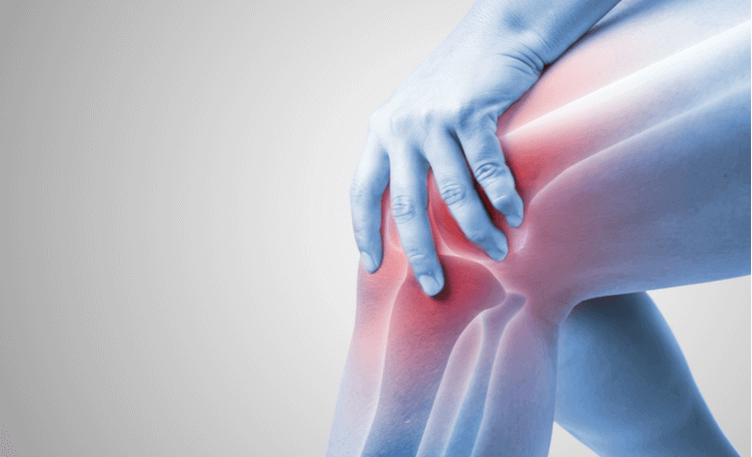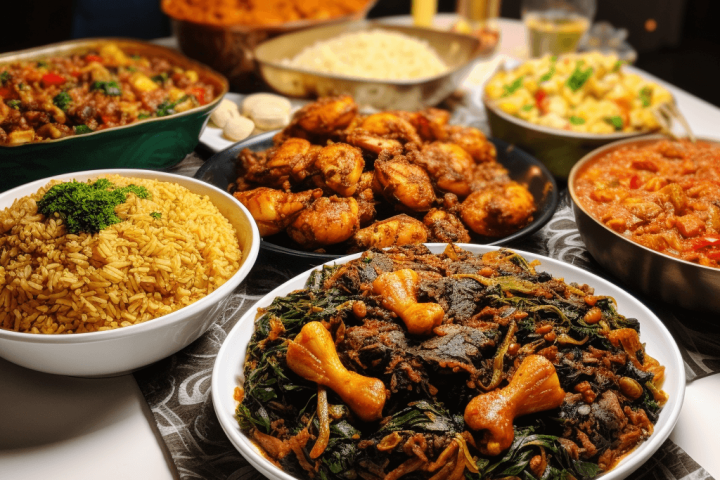Medical experts recommend brisk exercise, use of smart technology
Joint pain remains one of the most rapidly destructive and potentially lethal forms of ill health among Nigerians, especially the ageing ones. Hence, necessitating early and adequate treatments.
Epidemiological data on joint pains or arthritis are limited in Nigeria however medical experts who appeared on #AskDrNaturesfield Live Talk Show believe there are identifiable patterns of occurrences, treatments, and outcomes of arthritis among the populace. Most times, joint pains are occasioned by lifestyle, age and work type.
Join our WhatsApp ChannelWhile speaking during the Live Show moderated by the Editor of TechEconomy.ng, Peter Oluka, a fellow American College of Orthopedics; FMC Ortho – Consultant Arthroplasty, Orthopaedic & Trauma Surgeon – Dr. Chigo Joseph Ezeh, described joint as a place in the body where two or more bones meet to effect motion, adding that the easiest type of joints human use is the synovial joint typified by the knee. He said that the causes of joint pains can be traced to certain structures in the body, such as the tendon, the ligaments and movements of the bones while the commonest cause in this part of the world is trauma.
“Secondly, arthritis which simply means the wearing of the cartilage lining where the ends of the bones that form the joint are subcontract. Cartilages wear and tear over time”.
“Pain is one of the cardinal signs of inflammation and there are five of them; pain, redness, swelling, heat and loss of function. A patient who has pain in the joints would not want to move the joint so there is no loss of function.
Dr Kelechi Woryi, an Orthopedic Resident with National Orthopedic Hospital, said that pains around the joint are an unpleasant feeling attributed to that joint. Dwelling his discussions on knee joint pains, he said that work types usually associated with this kind of pain are those that would increase activity around the joint.
“So, if you have someone whose job requires him or her kneeling, or standing, that person is at risk of hip pains. Also, those who carry heavy loads on their shoulders are at risk part of shoulder or neck pain. Essentially, any activity that causes us to use the joint frequently will cause us pain.
Sharing her experience while managing COVID-19 patients, Dr Tolulope Akinnimi, a clinical researcher, said that although she hadn’t had a clinical trial regarding joint pains, the continuous use of the joints, the disuse (not using the joints at all) can cause pains. “Although, it is one of the least causes of joint pains among people. When there is no movement around the joint and it is static, it can lead to pains. So, we have to come to the point of moderate use of the joints.
“When it comes to work related joint pains among most patients; by the time you trace the history of their work or occupation, you will discover the link between the work environment and the health issue”.
Dr Akinnimi added that employers in private and public spaces need to be aware of the causes and growing cases of joint pains among the workers.
She also hinted that in her studies, there is no linkage between joint pains and the escalation of COVID-19 in the body. She adds, “But one thing we need to take cognizance is that joint pains can be caused by infections. The truth is, if there is an infection in a patient, the immune system goes down and he or she is exposed to all kinds of health issues.
“Human beings are just like machines that suffer wear and tear. Care needs to be taken in this area because if a patient has a dysfunction in this area, there is little or nothing they can do with the use of the joints.
Meanwhile, Dr. Ezeh, debunked claims in some quarters that joint pains could be hereditary, stressing that there is no empirical evidence backing such claims.
READ ALSO:
- Bone Marrow Replacement Therapy May Be A Cure For HIV/AIDS
- High Cost Of Drugs Puts Healthcare In Danger – Nigerian Doctors Warn
- NAFDAC To Get Global Recognition For Nigerian Herbal Products
Woryi therefore recommended among other things, the use of smart technologies or wearable devices to advance the prevention of joint pains. “Depending on how you view it, technology has come to stay and has greatly improved lives. You have a smartwatch or a smartphone which reminds you, ‘Oh, okay you need to start this activity’ like taking a walk or the phone reminds you, you’ve taken 10,000 steps today. Accordingly, the WHO prescribes brisk exercise as helpful.
“So, if you have a phone or a smartwatch, you can always set that target for a brisk exercise. Most times, it is just 30 minutes out of the 24 hours we have in a day; apart from helping your heart and respiratory system, it will help in joint pain management”, he said.
Nature’s Field Joint Renew Advanced:
Nodding in agreement with the medical experts, Pharmacist Abayomi Onasanya, the head of marketing at Naturesfield, said the company has carefully developed Nature’s Field Joint Renew Advanced that contains ingredients such as; MSM, Glucosamine, Hyaluronic Acid, Chondroitin, Tumeric & Chinese Skullcap for optimum joint health.
He said that Joint Renew Advance improves long term joint mobility and flexibility.
Pharm. Onasanya said, “It promotes optimum joint structure and function, nourishes the joint tissues (Cartilage), improves joint flexibility by increasing joint fluid support rebuilding of worn-out joint tissues and guarantees painless movement”.
While expatiating on the prevention and management of joint pains or Osteoarthritis with Nature’s Field Joint Renew, Olajide Asaolu, the product manager, Joint Renew Advanced at Naturesfield, reiterated that Osteoarthritis (OA) or degenerative joint disease (DJD), is a progressive disorder of the joints due to gradual loss of cartilage which results in the development of bony spurs and cysts at the margins of joints.
“You need Nature’s Field Joint Renew if you are experiencing the following Osteoarthritis symptoms;
- Pain: Your joint hurts you during or after movement.
- Tenderness: Your joint may feel tender when light pressure is applied to it.
- Stiffness: You notice joint stiffness usually early in the morning or after a period of inactivity.
- Loss of flexibility: Inability to move a joint through its full range of motion.
- Grating sensation: You are hearing and feel a grating sensation with the use of your joint and bone spurs: These extra bits of bone, which feel like hard lumps, may form around the affected joint”, Asaolu explained.

















Follow Us